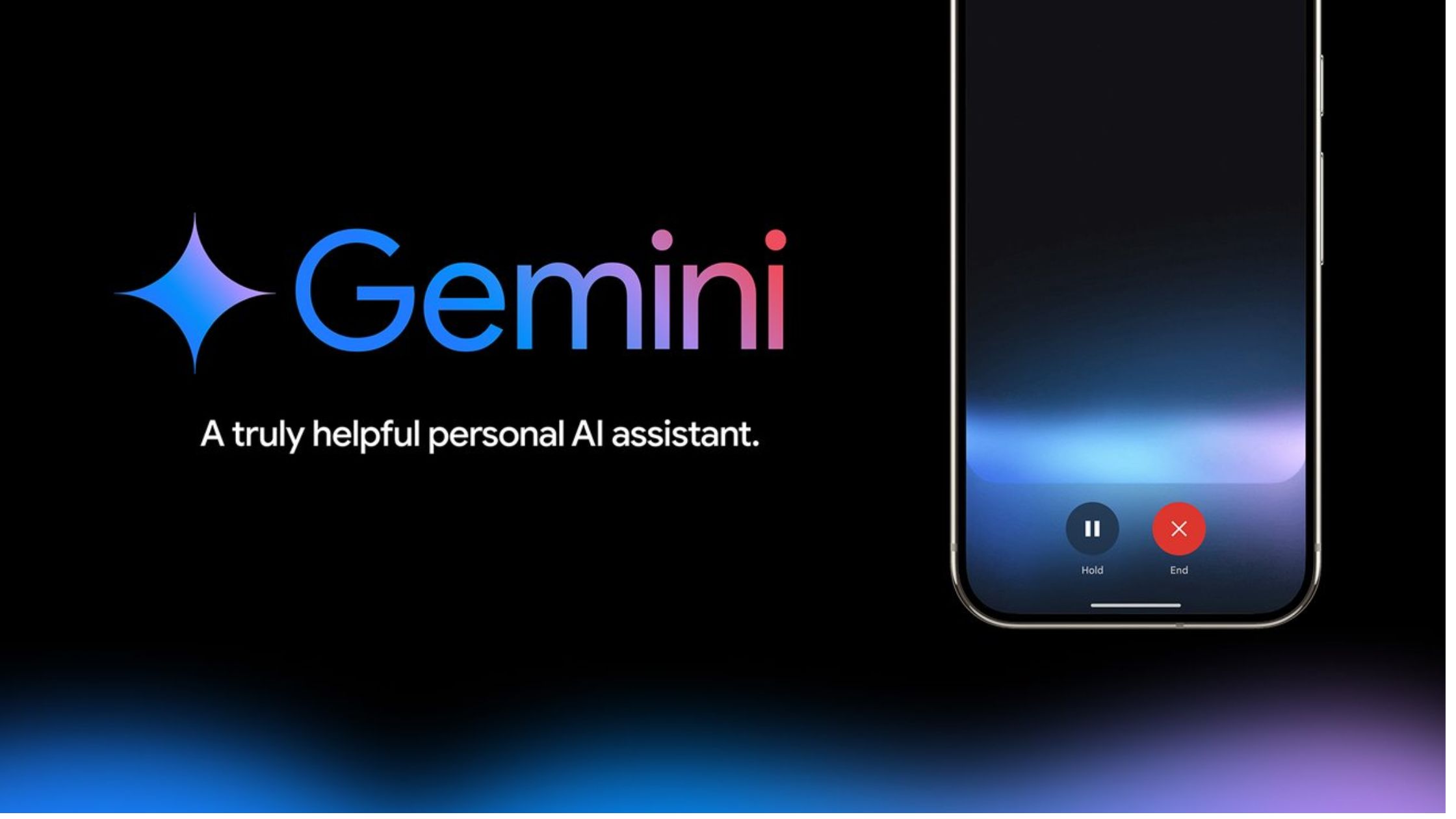There’s no shortage of AI hype in 2025. Chatbots write your emails, generate your code, and even summarize your meetings. But let’s be honest — how many of these tools actually feel like assistants, not just clever toys?
Enter Google Gemini. Not just a chatbot. Not just a productivity add-on. But Google’s boldest attempt yet at building a true AI assistant — one that’s multimodal, deeply integrated, and built for work that matters.
It’s been months since Gemini replaced Bard. And while the headlines have mostly gone to OpenAI’s GPT-4o and Apple’s newly announced on-device intelligence, Gemini has been evolving quietly — and quickly.
The question now is: Is Gemini finally the AI layer that delivers on the assistant dream? Or is it still just another box of tricks?
What Sets Gemini Apart: More Than Just Text
Most AI tools are still stuck in a single mode — text in, text out. Gemini breaks that mold.
It was designed from the ground up as multimodal. That means it can understand:
- Images
- Audio
- Video
- Code
- Documents
- Context across apps
Need to summarize a 20-minute YouTube video, write Python based on an error log, and generate an image caption from your phone’s camera? Gemini can (in theory) do all of it.
This isn’t sci-fi. It’s shipping now — across Android 15, Gmail, Google Docs, Drive, and the Chrome sidebar. And it’s starting to feel like a work assistant with actual context, not just a smarter search bar.
Gemini at Work: Less Flash, More Function
Where Gemini starts to shine is in workflow use cases. While GPT-4o may dominate in chat fluidity, Gemini is gunning for productivity dominance.
Imagine saying:
- “Summarize all my meeting notes from last week and draft three action items.”
- “Pull my last presentation and prep a new version for Friday’s client call.”
- “Scan this contract and flag any missing payment terms.”
Because Gemini can tap into your Google Workspace, it doesn’t just guess what you mean. It knows your files, your calendar, your docs, your inbox — and increasingly, your intent.
No other AI has that level of native access across so many productivity tools.
Meet Gemini Ultra 1.5: The Power User’s Model
At the top of the Gemini stack is Ultra 1.5, Google’s most advanced model to date — and the engine behind the Gemini Advanced subscription ($19.99/month).
Its standout feature? A 1 million-token context window. That means it can analyze entire reports, books, or codebases without losing the thread — a big leap over GPT-4o’s 128k tokens.
If you work with long, layered content, this is game-changing. Ultra 1.5 also shows strong performance in code generation, data analysis, and document understanding.
Still, GPT-4o currently has the edge in pure conversational feel. It’s smoother, more natural, and arguably more creative in casual dialogue.
The Apple Angle: Privacy, On-Device, and the UX Wars
Just weeks ago, Apple unveiled Apple Intelligence — its on-device AI system for iPhones and Macs, focused on privacy, personalization, and simplicity.
While Gemini is cloud-first, Apple is pitching a private, seamless, and secure AI experience, especially for users wary of sending sensitive data to cloud servers.
This is where the battle lines are being drawn:
- Google = Power + Integration
- Apple = Trust + UX
- OpenAI = Conversation + Customization
In this context, Gemini has a narrow but critical path: be the assistant that helps you get real work done, across everything you already use.
So, What’s Still Missing?
Despite its strengths, Gemini isn’t perfect:
- It still suffers from the occasional vague or overconfident answer.
- Its branding and tier system (Gemini 1.5 vs. Ultra vs. Advanced) is confusing for average users.
- It’s not yet consistent across devices — Gemini on Pixel doesn’t always match Gemini in Chrome.
And while Gemini is deeply integrated, it’s not always clear when you’re using it — or what version of it you’re getting.
To truly become the assistant we’ve been waiting for, Gemini needs to tighten its UX, earn user trust, and speak in one clear voice across platforms.
Gemini Is Closer Than You Think
It may not dominate the headlines like GPT-4o. It may not win design awards like Apple Intelligence. But Gemini is quietly becoming one of the most capable AI tools on the planet — especially for people who live inside Google’s ecosystem.
The real magic won’t be in how clever Gemini sounds. It’ll be in how seamlessly it removes friction from your day — from project planning to inbox zero to document review.
That’s the assistant we’ve been waiting for. And Gemini, for all its flaws, is closer than any other tool to delivering it.


